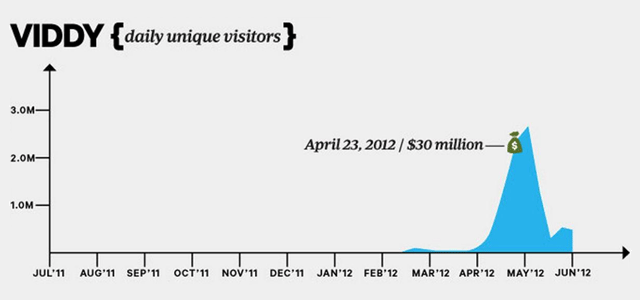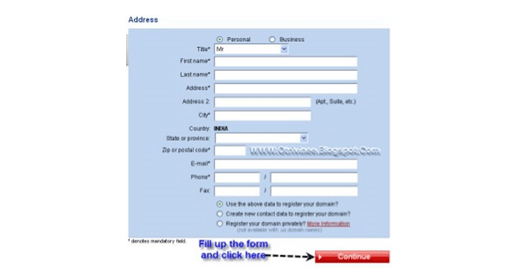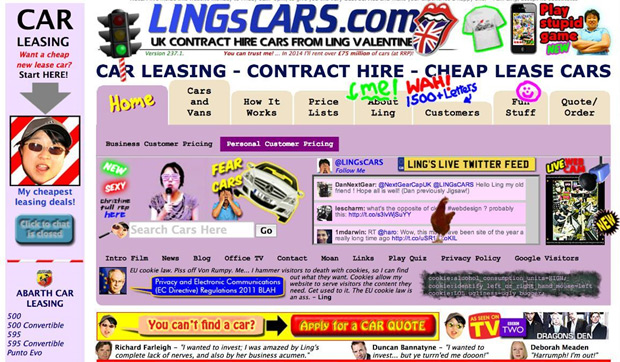https://blog.kissmetrics.com/doubling-your-activation-rate/?utm_medium=email&utm_campaign=blog_newsletter&utm_source=pardot&utm_content=blog_post_8_27_14&utm_term=null
Imagine you’re living the marketer’s dream.
You’re acquiring hundreds, even thousands, of customers every day because your product and marketing are just that awesome. Your team, spouse (or Tinder match), and family are excited as your company gets more valuable by the day.
However, all this means nothing if you ignore one key metric – activation.
Activation is one of the most important metrics for any SaaS company. It’s a measure of how many users take a specific action to get value out of a product. In Twitter’s case, that action might be following 6 other accounts or sending 2 tweets. In KISSmetrics’s case, an active user probably is one who installs KISSmetrics and runs one report on their data.
This graph shows what happens when you are crushing user acquisition but failing to activate users:

From Andrew Chen’s post Retention is King
Viddy, the formerly popular video sharing app, grew rapidly by getting users to sign up using their Facebook accounts and then sharing Viddy with all their friends.
However, Viddy never nailed activation. Many of the users who signed up never came back. Thus, when Facebook put a stop to their friend-blasting user-acquisition approach, they went into a tailspin from which they haven’t recovered.
This activation problem only gets worse as you venture beyond consumer products. In fact, according to Intercom, 40-60% of users who sign up for a free trial of software will use it once and never come back again.
In today’s post, we’ll cover 6 advanced steps for activating users and customers. But first…
Why is Activation Important?
Most companies are (rightly) concerned with user acquisition but fail to pay adequate attention to activation. What few realize is that activation plays a major role in user acquisition itself.
Imagine that you (and your competitors) can spend $10 on Facebook to get one user signup, and that you make $20 for every customer you have. Let’s also say that only 50% of your prospects who sign up for a trial will activate.
Overall, you’re breaking even on your marketing expense: $20 x 50% activation = the $10 you spent on Facebook. If you can boost activation from 50% to 60%, your marketing channel will suddenly become profitable: $20 x 60% = $12.
Nice work! The increase (thanks to improved activation) means you can – profitably – spend more on advertising, acquire more users, and get more traction! So…
Step 1: Start Tracking!
Set up proper analytics. I highly suggest using a tool like KISSmetrics to track theactions users are taking in your product. Google Analytics just doesn’t cut it when it comes to activation.
Step 2: Map out Your Ideal Customer Flow
At my last company, the first thing we did to improve our lagging activation was measure the actions our most successful customers took.
Airbrake is an error-tracking tool developers use to capture errors that might occur in their software. So, in order for a customer to get maximum value out of the product, they had to track their errors!
This wasn’t just a hypothesis. After looking at the data, we saw that users who captured an error were about 300% more likely to remain customers than those who didn’t. Once we figured this out, we retooled our activation flow to get as many people as possible to capture their errors.
In the ideal customer flow, the user:
- Signs up for Airbrake
- Indicates which programming language they use (Ruby, Python, PHP, etc.)
- Installs and deploys a few lines of code in their app
- Captures their first error
- Marks their error as resolved in their dashboard
To get an idea of what this looks like for another product, let’s take a look at the example of Bingo Card Creator, a tool that helps teachers create and download customized bingo cards for their lesson plans. Bingo Card Creator’s ideal customer flow looks like this:

From Bingo Card Creator
In this case, the ideal customer signs up, hits their dashboard, creates a list, customizes their list of bingo cards, schedules a print run, and then downloads the cards.
Take a minute and map out the ideal flow for your customers. What actions do your most active customers take? After looking at your analytics, what is the step with the highest customer drop-off?
Once you figure out where people are struggling to activate, it’s time to find out why.
Step 3: Learn!
Activation can be broken into multiple steps, which lets you figure out the exact areas that need the most work.
In the case of Bingo Card Creator above, you can see that the greatest drop-off occurs when users try to go from creating a list to customizing one. Only 82% of users complete this step, compared with 86%+ across the rest of the funnel.
Why is this?
At this point, you have 2 options. You can either blindly test different onboarding flows and other triggers to improve this activation step, or you can talk to people (gasp!).
Personally, I’d go with the second option and ask users why they’re struggling to create their lists. You can get this data in a few different ways:
- Call people who haven’t finished a key step. (Bribe them with gift cards if you have to. You’d be surprised how well a gift card or a t-shirt works for people making $100k+ a year.)
- Set up a survey tool like Qualaroo.
- Watch users go through your onboarding process. Do this live (if possible), or use a tool like UserTesting or CrazyEgg.
Let’s say you talk to 15 people who have created lists of bingo cards but haven’t customized their lists. You find that 9 of them couldn’t think of how to customize a list and planned to finish it “later.” That’s a huge insight. It means that by showing users how to customize their lists, you should improve your activation.
Step 4: Make Things Simple
To improve your activation, make things simple. Often, this means reducing the amount of friction a user encounters in your product. Common causes of friction are:
1. Unnecessary Form Fields
Compare these 2 forms:

vs.

2. Visual Friction
Compare Bonobos vs. Lings Cars. Which one is cleaner?


To see/hear LingsCars in full effect, you’ll need to visit the site
Here are a few more ways to make things simple:
Cut down the number of steps users have to take. For example, if you allow new users to import contacts from Facebook so they don’t have to manually enter their friends’ email addresses, it would make the process a lot easier, which would make it more likely users would complete that action.
Clarify language. Is it possible for you to say what you want to say in fewer words when writing copy on your website? Language should be clear, action-oriented, and concise.
Improve site performance. Load time, scrolling, and page performance all matter, both for SEO and for users.
For more ideas, check out this massive Slideshare on activation.
Step 5: Re-engage Users
Re-engaging users after they’ve fallen out of the funnel is another way to get them to activate.
Email is a great way to do this. Going back to our Bingo Card Creator example, you could send an email to all users who create a list but don’t customize it. The email would show users how to customize lists and cover the reasons why someone would want to do this.
Here are some tools you can use to engage users:
Amazing support. Good support is huge for improving activation and building customer goodwill. One useful trick is to tag users who’ve signed up in the last 30 days and make sure they receive priority support. Not only does it lead to a great customer experience, but it allows you to learn common problems customers run into during their first 30 days. Then, you can write documentation that addresses such common problems.
Automated welcome emails. Colin Nederkoorn of Customer.io suggests sending a personalized email from the founder within an hour of a user signing up. In the email, just ask how you can help or if they’re confused about anything. This gives new users the ability to ask questions, and it gives your team an understanding of the problems new users face. Some companies take it a step further and try to call every new user who signs up. Often, these conversations are great times to discuss why a user signed up and what they’re hoping to get out of your product. You also can get a sense of how likely they are to upgrade down the road.
Onboarding flow. Creating a first-time-user onboarding tutorial can significantly improve your activation rate. Twitter is a great example here. Your experience when signing up for a new account is completely different from the experience you have the rest of the time you are an active Twitter user.
Lifecycle emails. We touched on this above, but lifecycle emails that introduce new features to a user – especially if you can base them on actions a customer has already taken in your app – are huge for improving your activation rates. These are the kinds of emails you’ll get if you sign up for Twitter but don’t follow anyone. Twitter knows the number of people you follow is a key activation metric, and they will send emails suggesting individuals you may want to follow.
After reducing your product’s friction and setting up systems to engage users who fall away from your product, you’re ready for the last step!
Step 6: Rinse and Repeat
Well, that’s annoying. You see, improving your activation rate is an ongoing battle, but one with huge dividends. After rolling out a new onboarding flow, implementing an email lifecycle sequence, or testing simpler language, be sure to measure and see what’s working (and what’s not). If activation has gone up, roll out the improvements, and begin another test!
There you have it – the 6 steps for improving your activation rate. Hopefully, after reading this post, you’ll start improving your activation, thus helping thousands more customers fall in love with your product.
I’m sure I’ve missed some great ideas for ways companies have improved activation. What are your favorites? Let us know in the comments below.
- But Lingcars is doing well against their streamlined competition
- Hashim, I’ve heard the same thing about Lingcars. However, I think as an example it’s a good contrast…